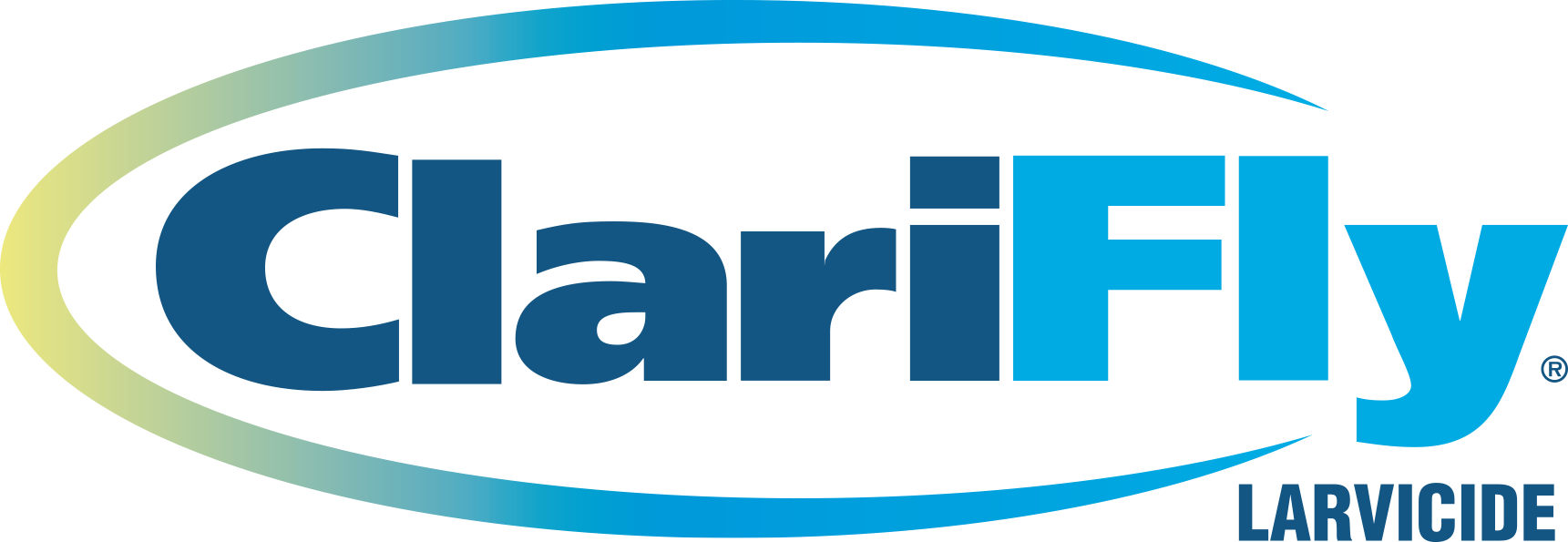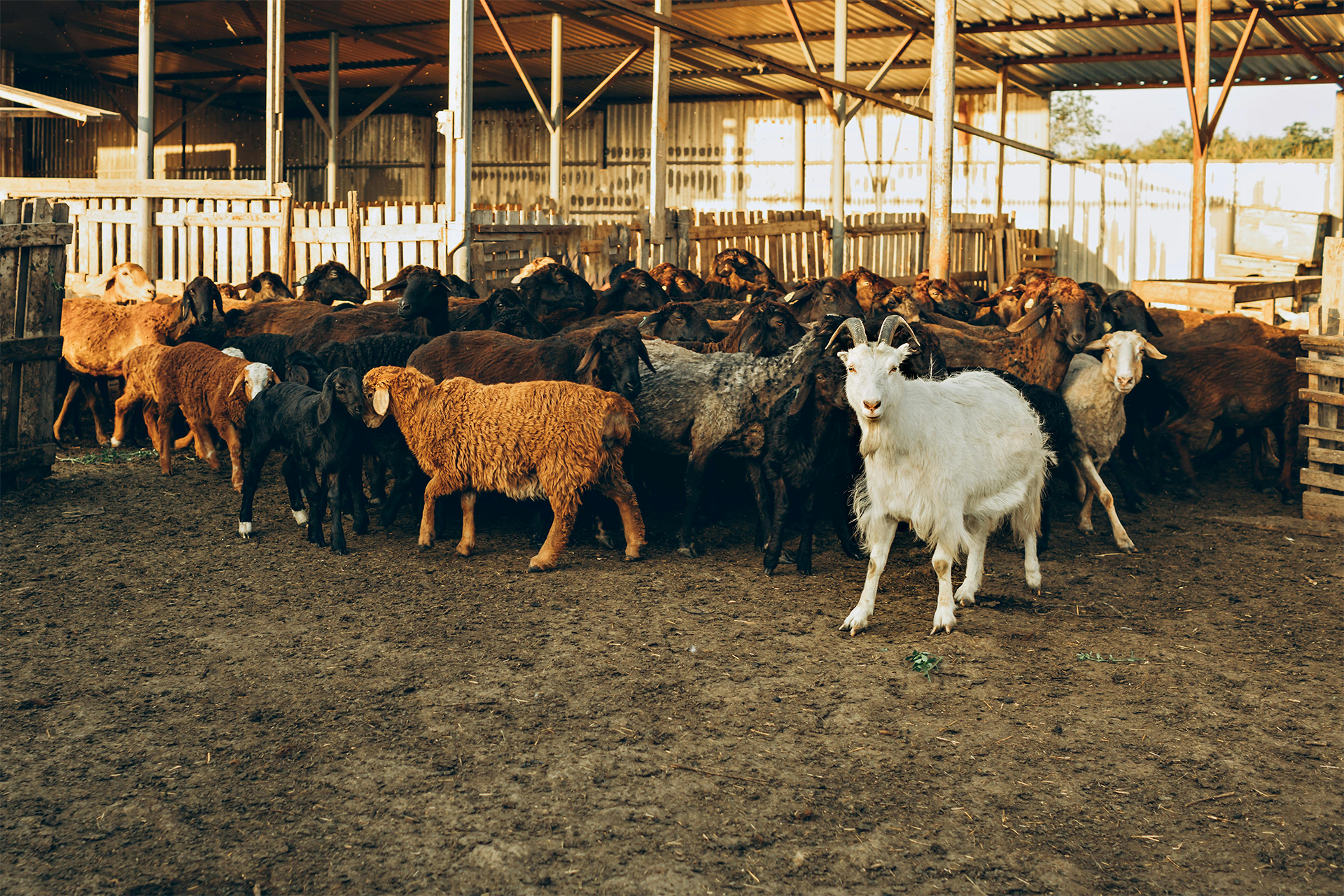What Every Sheep and Goat Producer Should Know About Flies
When it comes to raising healthy, productive sheep and goats, fly control should be at the top of your priority list. House flies and stable flies may seem like small annoyances, but they carry big risks, threatening the health of your animals, your workers, and your bottom line.
Flies are more than a nuisance. Once populations rise to 50 or 60 flies per animal, the impact on sheep and goat health and productivity becomes dramatic. These pests can transmit a variety of diseases, including:
- Mastitis
- Salmonellosis
- Pinkeye
- Tuberculosis
- Botulism
These illnesses not only cause distress and discomfort to animals but also reduce feed efficiency and overall productivity.
There’s no silver bullet when it comes to fly control, but an Integrated Pest Management (IPM) strategy can make a powerful impact.
At the center of that strategy is ClariFly® Larvicide, a proven solution that targets flies where they breed: in manure. When fed according to label instructions, ClariFly® Larvicide is over 94% effective in controlling flies in the treated manure of sheep and goats at just a few pennies per animal per day.
For use in sheep and goats, ClariFly® Larvicide Livestock Premix 0.67% is available on a custom-blended basis with a supplemental label from an authorized distributor.
Randy Knight suggests starting ClariFly® Larvicide 30 days before average daily temperatures typically reach 65 degrees, and continuing it through 30 days past the first frost in fall.
The 30/30 approach helps account for the variability in weather patterns to maximize control of overwintering fly pupae. These overwintering flies will be the first to emerge once the weather warms, jumpstarting fly populations in the spring. By beginning ClariFly® Larvicide 30 days before spring weather hits, you can significantly limit fly infestations at the start of the season, allowing for more effective control throughout the peak summer season and into fall.
Learn more about the impact of flies on sheep and goats from Randy Knight in the video below!

